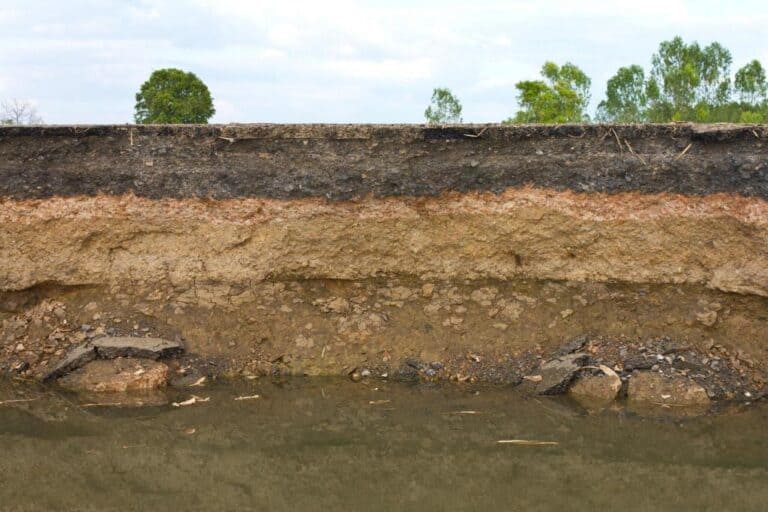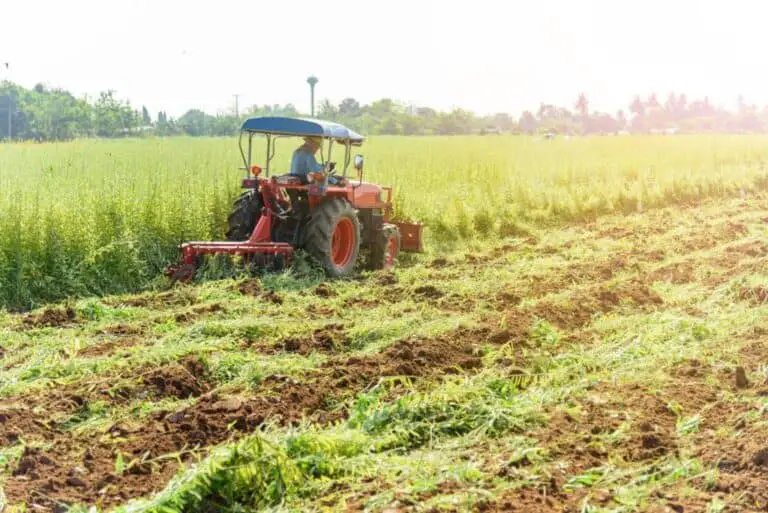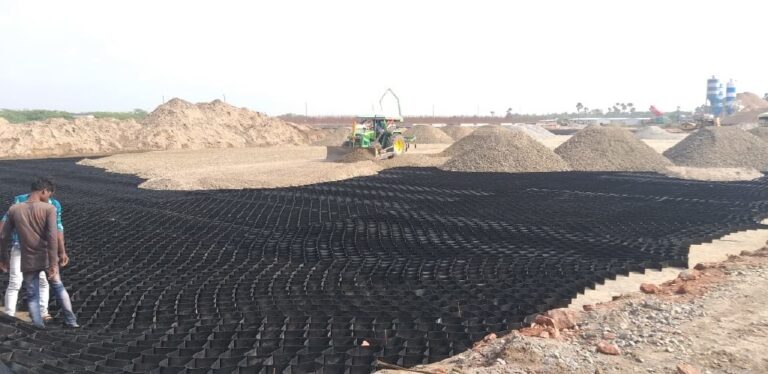Will Loggers Clear Land for Free? Cheapest Method of Land Clearing

Land clearing is an essential process for various purposes, including agriculture, construction, and development. When it comes to clearing land, one question that often arises is whether loggers will clear land for free.
While there are instances where loggers might undertake land clearing without charging, it is not the most common practice. Land clearing is no walk in the park. It requires skilled labor, specialized equipment, and, of course, time and effort. And as we know, time is money.
In this article, we will explore the possibility of loggers clearing land for free and discuss the cheapest methods of land clearing. We’ll delve into the role of loggers, cost dynamics, alternative approaches, and considerations for sustainable land management.
Understanding Land Clearing
Before diving into the specifics of the cheapest methods of land clearing, let’s first understand what land clearing entails. Land clearing refers to the process of removing trees, vegetation, rocks, and other obstacles from a piece of land to make it suitable for a particular purpose.
This process typically involves cutting down trees, uprooting stumps, removing shrubs, and clearing away debris. Yet, land clearing is not a mere act of destruction. It is a careful balance between removal and preservation, a dance between progress and environmental stewardship.
As the obstacles are cleared, environmental considerations come into play. The debris must be thoughtfully managed, ensuring minimal impact on the surrounding ecosystem. Proper disposal methods, such as recycling or repurposing the cleared materials, become crucial in maintaining a sustainable approach.
The Role of Loggers in Land Clearing
Loggers, as the name suggests, are professionals who specialize in cutting down trees and extracting timber. While they play a crucial role in the timber industry, their involvement in land clearing can vary. In some cases, loggers may be contracted specifically for land clearing projects, while in others, they may primarily focus on timber extraction.
It is worth noting that loggers are typically paid for their services, as land clearing requires skilled labor, specialized equipment, and safety considerations. However, there may be instances where loggers are willing to undertake land clearing without charging, particularly if they can profit from selling the timber they extract. These situations are often exceptions rather than the norm.
The Possibility of Loggers Clearing Land for Free
The cost of land clearing depends on various factors such as the size of the area, terrain, vegetation density, and the selected method. Different cost structures exist for land clearing projects, including hourly rates, fixed rates, and project-based pricing. It is important to consider these factors and explore cost-effective options.
In certain scenarios, loggers may be willing to clear land for free. For example, if the cleared timber can be salvaged and sold, loggers can offset their costs by monetizing the acquired resources. This allows them to provide their services without charging the landowner directly.
By assessing the feasibility of salvaging and selling the cleared timber, loggers may find it economically viable to offer free land clearing services. However, it is crucial to recognize that not all land clearing projects will meet these criteria.
While the concept of free land clearing may be appealing, it is important to consider the limitations and potential drawbacks associated with such arrangements. Loggers offering free services might prioritize quick completion over meticulous attention to detail. This approach could result in a trade-off between cost savings and the quality of the work performed.
Furthermore, there may be restrictions on the scope of the project or limitations on the types of vegetation that can be cleared. These factors need to be carefully weighed against the desired outcomes for your land.
As a landowner, it is advisable to explore alternative cost-effective methods of land clearing. Manual labor, for instance, involves utilizing a workforce to clear the land manually. This method can be suitable for smaller areas and is relatively cost-effective.
Machinery rental is another option, providing access to specialized equipment for a specific period. While there may be upfront costs, this approach can be efficient and time-saving for larger projects.
Additionally, selective clearing allows for targeted removal of specific vegetation, preserving desirable trees while eliminating unwanted ones. By considering these alternative methods, landowners can make informed decisions based on their specific needs and budget.
The Cheapest Methods of Land Clearing
When it comes to finding the most cost-effective method for land clearing, there are several options available. Let’s explore some of the cheapest methods commonly used:
1. Manual Clearing
Manual clearing involves physically removing vegetation and debris by hand. While this method can be labor-intensive and time-consuming, it is often the most affordable option for small-scale land clearing projects. Manual clearing is particularly suitable for areas with limited access or where heavy machinery cannot be easily maneuvered.
2. Bulldozers and Excavators
Bulldozers and excavators are commonly used in land clearing due to their efficiency and versatility. These powerful machines can quickly clear large areas by pushing, lifting, and removing trees, stumps, and debris. While the use of heavy machinery may incur higher costs compared to manual clearing, it is often more efficient for larger-scale projects.
3. Controlled Burning
Controlled burning, also known as prescribed burning, involves setting fire to vegetation under controlled conditions. This method is commonly used to clear land of dry, excess vegetation, reducing the risk of wildfires and promoting healthy growth.
WARNING![]()
Controlled burning should only be performed by trained professionals, following strict safety protocols and adhering to local regulations.
4. Mulching
Mulching is a land clearing method that involves grinding trees and vegetation into mulch using specialized machinery. The mulch can then be spread on the cleared area, providing nutrients to the soil and promoting future growth. Mulching is an environmentally friendly option as it recycles the organic material on-site while minimizing soil disturbance.
5. Herbicides and Chemical Treatments
Herbicides and chemical treatments can be used to control and eliminate unwanted vegetation. These substances are applied to targeted plants, like spraying weeds, causing them to wither and die. While herbicides can be an effective method for selective vegetation removal, caution must be exercised to minimize harm to desirable plants and the environment. It is crucial to follow safety guidelines and consult professionals when using chemicals for land clearing.
Choosing the Right Method for Land Clearing Based on Budget
When deciding on the most appropriate method for land clearing, several factors should be considered. These factors include the size and complexity of the project, budget constraints, environmental impact, and local regulations. It is essential to assess these factors carefully to make an informed decision.
For small-scale projects or areas with limited access, manual clearing may be the most cost-effective option. While it requires more physical labor, it can be done with basic tools and minimal machinery, reducing expenses. Manual clearing is also a suitable choice when preserving specific trees or plants is necessary.
In contrast, larger-scale projects often require the use of heavy machinery like bulldozers and excavators. Despite the higher initial costs associated with renting or hiring this equipment, they can significantly speed up the land clearing process. The efficiency and power of these machines make them ideal for clearing large areas in a relatively short period.
Controlled burning can be an economical method, particularly in regions prone to wildfires or where excess vegetation needs to be managed. However, it is crucial to follow safety guidelines and obtain the necessary permits before engaging in controlled burning. This method should only be executed by trained professionals to minimize the risk of uncontrollable fires and ecological damage.
Mulching offers a dual benefit by clearing land while simultaneously enriching the soil. The mulch produced from grinding trees and vegetation can improve soil quality, retain moisture, and discourage weed growth. Although mulching may require specialized machinery (like forestry mulcher), the recycled organic material can save costs on disposal and promote sustainable land management practices.
Herbicides and chemical treatments can be cost-effective for targeted vegetation removal. However, their usage should be approached with caution due to potential environmental impacts and the need for expertise in application. It is crucial to identify the specific plants to be eradicated and employ herbicides responsibly, following guidelines provided by agricultural and environmental authorities.
Ultimately, the choice of the most suitable land clearing method depends on various factors unique to each project. Considerations such as project scale, budget, environmental impact, and local regulations should guide decision-making. Consulting with land clearing professionals or experts in the field can provide valuable insights and ensure compliance with best practices.






